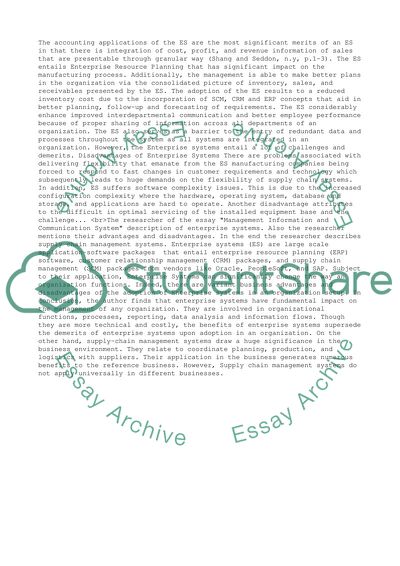Cite this document
(“Management Information and Communication System Essay - 2”, n.d.)
Retrieved from https://studentshare.org/business/1451137-management-information-and-communication-system
Retrieved from https://studentshare.org/business/1451137-management-information-and-communication-system
(Management Information and Communication System Essay - 2)
https://studentshare.org/business/1451137-management-information-and-communication-system.
https://studentshare.org/business/1451137-management-information-and-communication-system.
“Management Information and Communication System Essay - 2”, n.d. https://studentshare.org/business/1451137-management-information-and-communication-system.


